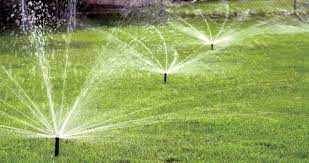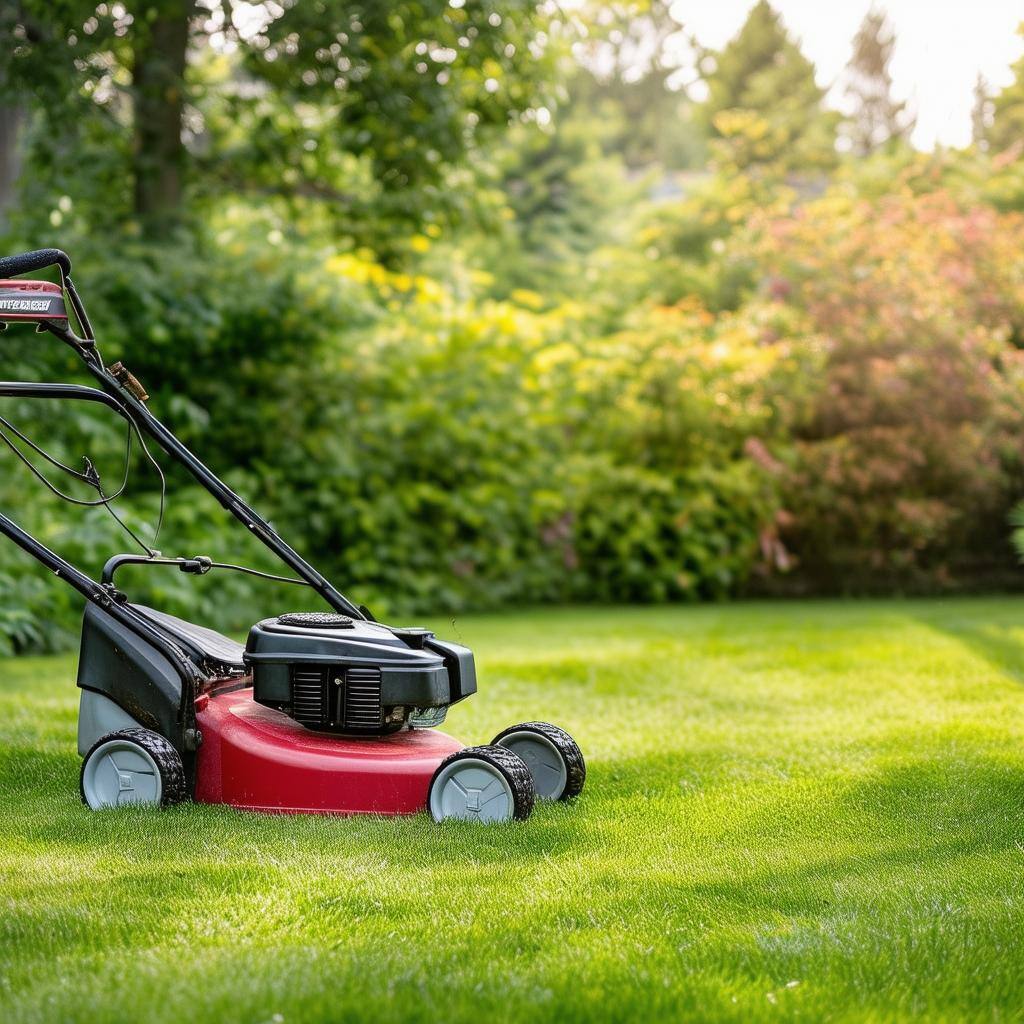Sprinkler Settings by Season
Sprinkler Settings by Season: A Guide to Optimal Watering
Properly managing your sprinkler system throughout the year is crucial for maintaining a healthy and vibrant lawn and garden. Seasonal adjustments can help conserve water, promote healthy plant growth, and prevent overwatering or underwatering. In this article, we’ll explore recommended sprinkler settings for each season, ensuring your landscape thrives all year round.
Learn More Below for Seasonal Settings & Maintenance Tips!
Spring: Preparing for Growth
As temperatures rise and plants begin to wake from winter dormancy, spring is a critical time for watering.
Recommended Settings:
- Frequency: 2-3 times per week
- Duration: 20-30 minutes per zone
Tips:
- Monitor Rainfall: Adjust your watering schedule based on rainfall. Early spring often brings more moisture, so you might reduce watering frequency.
- Soil Moisture: Check the top inch of soil for moisture before watering. If it’s still damp, delay irrigation.
- Aeration: Consider aerating your lawn in early spring to improve water penetration and root growth.
Summer: Peak Watering Season
Summer brings heat and increased water needs for your plants and lawn. It’s essential to ensure they receive adequate moisture during this time.
Recommended Settings:
- Frequency: 3-4 times per week
- Duration: 30-45 minutes per zone
Tips:
- Early Morning Watering: Water early in the morning (between 5 AM and 9 AM) to minimize evaporation and allow grass to dry before evening, reducing the risk of disease.
- Deep Watering: Water deeply but less frequently to encourage deep root growth. Aim for 1-1.5 inches of water per week, including rainfall.
- Check for Drought Stress: Watch for signs of drought stress, such as brown patches or wilting grass. Adjust watering as needed.
Fall: Transition and Preparation
As temperatures begin to cool, plants will start to reduce their water needs. Adjust your sprinkler settings accordingly.
Recommended Settings:
- Frequency: 1-2 times per week
- Duration: 15-30 minutes per zone
Tips:
- Monitor Temperature: As the season progresses, continue to adjust watering frequency based on temperature and rainfall.
- Reduce Frequency: By mid to late fall, many lawns can go without watering altogether if the weather is cool and rainy.
- Prepare for Dormancy: Begin to cut back watering as your grass and plants prepare for winter dormancy.
Winter: Minimal Watering Needs
During winter, most plants enter dormancy and require minimal water. However, certain regions may still require some watering depending on local climate conditions.
Recommended Settings:
- Frequency: Once every 2-4 weeks (if necessary)
- Duration: 15-20 minutes per zone
Tips:
- Monitor Weather: Adjust watering based on weather conditions. If the ground is frozen or snow-covered, irrigation may not be necessary.
- Use Drip Irrigation: For wintering plants or gardens, consider using a drip irrigation system that allows for controlled watering without over-saturation.
- Inspect System: Winter is an excellent time to check for leaks or damage in your irrigation system to ensure it’s ready for spring.
Additional Considerations
1. Soil Type
Adjust your settings based on your soil type. Sandy soils drain quickly and may need more frequent watering, while clay soils retain moisture longer.
2. Plant Types
Different plants have varying water needs. Group plants with similar watering requirements together to optimize your system.
3. Rain Sensors
Consider installing rain sensors that automatically adjust your watering schedule based on recent rainfall, preventing unnecessary watering.
4. Timers and Smart Systems
Utilize timers or smart irrigation systems that can adjust watering schedules based on weather forecasts and real-time moisture data.
Summary
By adjusting your sprinkler settings according to the seasons, you can ensure your lawn and garden receive the appropriate amount of water they need to thrive. Regular monitoring and adaptation will lead to a lush, healthy landscape while conserving water and promoting environmental sustainability. Embrace these seasonal strategies to make the most of your sprinkler system throughout the year!
Why don't homes come with a user manual?
We don't know, either. But we're here to help.
See how, below...from tackling the maintenance tasks you can’t stand or always forget, to getting proactive with your maintenance, to sending out contractor referrals we actually know & trust!
You May Also Like
These Related Stories

Irrigation Guide

Lawn Maintenance Guide
